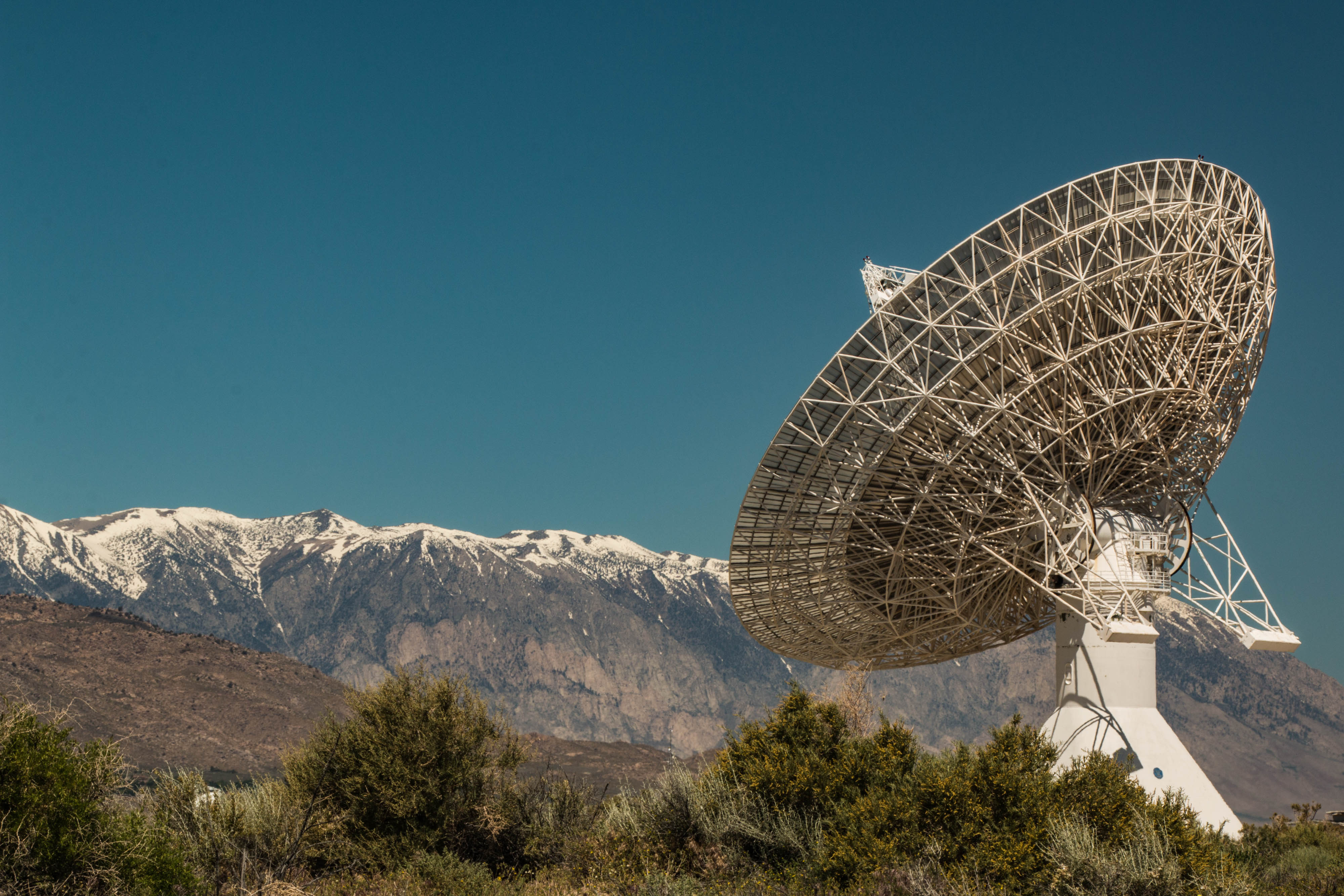
By Christopher Richins, Founder and CEO, RBC Signals
Despite the challenges 2020 has posed, the space industry has continued to make great progress throughout the course of the year. We witnessed a significant number of launches, an even greater number of small satellites to orbit, and new value being generated on Earth as a result. As we enter 2021, there is reason for optimism that this progress will continue to accelerate with the waning of the global pandemic in the second half of the year.
Here are a few key topics that are top of mind for 2021:
Evolving US Civilian Government Space Priorities
In 2020, there was an election and a change in political parties in the White House that has its consequences in policy priorities. While we fully expect that the current priorities within the DoD and the intelligence community will continue on their current trajectories, we anticipate some changes in US government civilian space. There will be a new administrator for NASA and with the new administration, we can anticipate a renewed prioritization in Earth sciences. We expect this will result in an even greater adoption of small satellites in LEO with many new earth science-related sensors and large amounts of data making its way to Earth for research. To support this, satellite ground infrastructure will need to increasingly adopt more data-centric architectures to handle the increased amount of Earth Observation (EO) data. Plans to augment the Near Earth Network (NEN) with commercial partners will also likely be accelerated.
These increased data volumes will also accelerate the adoption of distributed compute architectures. We expect more processing happening on the satellite, greater adoption of large public cloud infrastructures such as AWS and Microsoft Azure, and more processing workloads taking place at the terrestrial edge – better known as the ground station. Cloud-connected ground stations will be in increasing demand to provide end-to-end processing of EO data.
Post-pandemic Ground Operations
The pandemic accelerated many trends that were already underway before the pandemic. One of those trends was the increasing virtualization and remote access for ground operations. The inability to easily send personnel onsite and the adoption of an increasingly software-defined ground segment have resulted in the ability to configure and operate ground stations from afar. For example, there were significant advances in the development and adoption of software-defined radios in 2020. Because of the pandemic, remote work and operations became an everyday reality for controlling satellites from distributed work environments.
The adoption of remote access and control of ground stations has brought greater attention to industry cybersecurity practices. The adoption of NIST cybersecurity standards is increasingly table stakes as the industry increasingly moves to lights-out operations. In 2021, we believe this trend will continue.
There is a backlog of ground stations that need to be built out after international travel restrictions lift. As a result of lessons learned through the pandemic, these new ground stations will have remote access and operations as a top of mind priority in their design and construction. Expect a wave of ground station build outs, increased cybersecurity compliance activities, and more software in the ground station in 2021.
Optical Communications
With increases in both the number and the data-generating capacity of small satellites in low earth orbit (LEO), expect increasing demand for optical communication technologies for delivering this data to users on Earth. With increasing regulatory complexity and demand for RF spectrum, the relatively unregulated (for now) optical communication spectrum looks more attractive. At the same time higher data volumes mean a desire for increased bandwidth. Optical communications can provide higher data rates than traditional RF.
In 2021 we will continue to see advances in free space optical communications in the environment where it can operate best – intersatellite links. Expect to see more live demonstrations of optical intersatellite links in LEO as well as communications that can go from LEO to GEO. Due to the challenges surrounding free space optical communications in turbulent atmospheric conditions, we do not expect to see broad adoption of optical communications from LEO to the ground in 2021. However, we remain hopeful that as the technology advances, we will see it down the road.
Summary
There is every reason to believe 2021 will be a banner year for the space sector. There will be even more small satellites flying in low earth orbit providing tangible value to end users. The ground segment will be challenged like no time since the beginning of the space race because of demand for capacity, flexibility, and technology advances. 2021 might be the year that the ground segment gets the attention it deserves as a critical leg to the new space industry.
